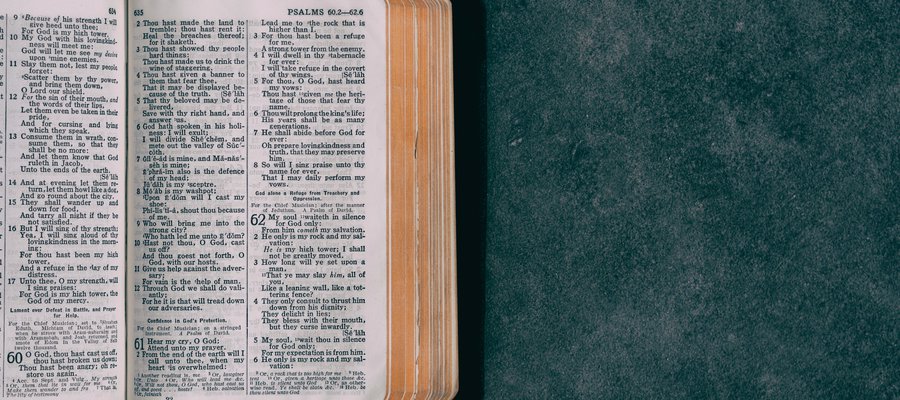Leprosy in the Bible
Leprosy in the Bible

Leprosy is referred to several times in the Bible, both in the Old and New Testaments. Jesus is said to have healed persons affected by leprosy and there are a handful of people throughout the Old Testament who are said to have had leprosy.
In ancient times, leprosy was a ‘catchall’ term for any disease that particularly affected the skin. This means it is possible that the individuals associated with leprosy in the Bible may well have had a different skin disease from what we today know as leprosy.
Regardless of this, those who were perceived to have leprosy in the regions where the Bible was written were considered the lowest in society. They faced rejection and were beggars who lived on the side of the road. In Jesus’ culture, it was forbidden for Rabbis to touch people who were classed as ‘unclean’, which included those affected by leprosy.
When Jesus encountered persons affected by leprosy, he did so as a religious leader with growing authority and a substantial base of supporters. To many people of the time, it would have been shocking that such a high profile leader would have stopped to care for the leprosy-affected person on the side of the road.
Leprosy and contemporary Christianity
The image of Jesus healing a person affected by leprosy has resonated in the minds of Christians through the millennia and churches worldwide have remained committed to defeating leprosy to this day.
The Leprosy Mission itself was founded in 1874 by a Christian missionary called Wellesley Bailey. Wellesley was an Irishman who visited India in the late 19th century and was deeply moved by what he saw amongst the populations of people affected by leprosy in India.
Wellesley returned to Ireland and began raising funds to support people affected by leprosy. Much of these funds came from Ireland’s Christian populations. As the Mission grew across borders, churches and Christians continued to be a major source of financial income and prayer support.
Today, TLM continues to be supported by thousands of churches and many thousands of Christians who remain moved by how Jesus cared for persons affected by leprosy.
Examples of leprosy in the Bible
2 Chronicles 26:20-23 refers to a King Uzziah who had leprosy.
2 Kings 5:1 and 5:27 refer to a leading soldier in the army of the King of Aram who had leprosy.
Luke 5:13, Mark 1:40-42 and Matthew 8:3 all describe the moment when Jesus healed a man affected by leprosy.
Luke 17:12-24 describes the moment when ten men who had leprosy came and met Jesus asking for healing, which Jesus provided.
Matthew 10:8 quotes Jesus, who said, ‘Heal the sick, raise the dead, cleans those who have leprosy, drive out demons. Freely you have received; freely you give.’
Leprosy, the Bible, and the term ‘leper’
Some translations of the Bible use the term ‘leper’ to describe those who were affected by leprosy. ‘Leper’ is a derogatory term that is used to hurt people affected by leprosy across the world and we ask everyone to avoid using this word.
We encourage Bible publishers to change the term ‘leper’ in future printed editions so that it reads ‘person affected by leprosy’. We also ask that, if you are reading the Bible in public (e.g. in church or at a Bible Study Group), please do not read the word ‘leper’ if it is written in the version of the Bible you are reading. Instead, please replace it with the term ‘person affected by leprosy’.